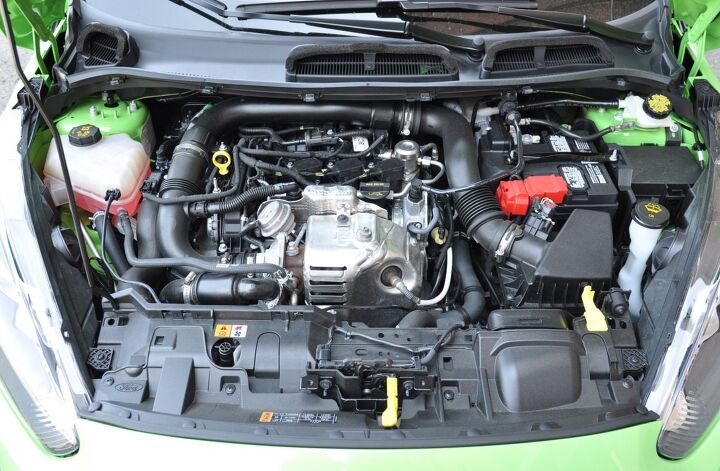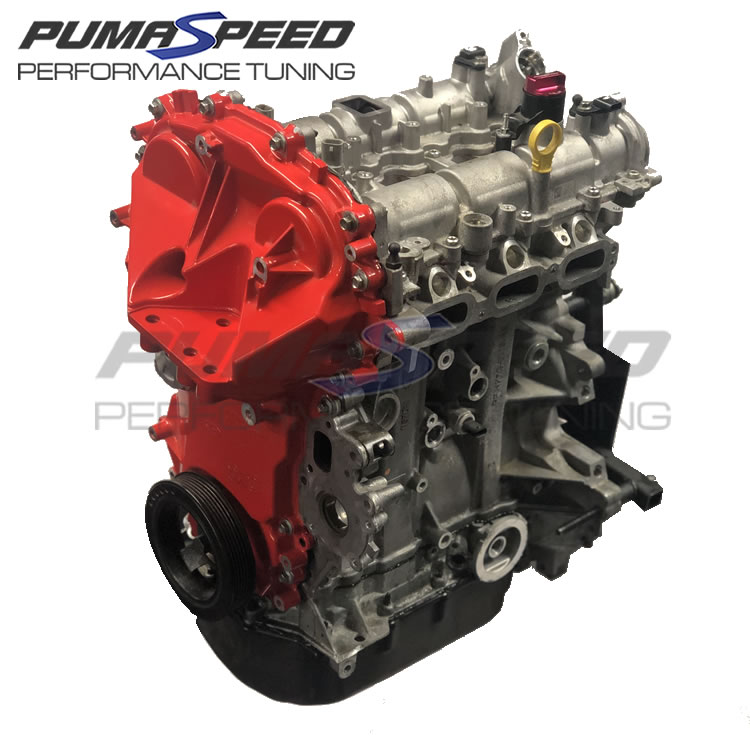How to Diagnose Ford Fiesta Engine Issues and Prevent Future Problems
Wiki Article
Checking Out the Development of Engines: From Timeless Layouts to Modern Marvels
The advancement of engine modern technology stands for a substantial narrative in the history of development, noted by pivotal advancements that have continuously redefined transportation and market. From the first steam engines that powered the Industrial Change to the introduction of inner burning engines that changed mobility, each stage has actually added to better performance and ability. Presently, the change to electric power represents not only a technical change however likewise a more comprehensive dedication to ecological sustainability. As we check out these turning points, one must take into consideration how the future of engine design might unfold, challenging our assumptions of power and efficiency.The Birth of Engine Technology
The arrival of engine modern technology noted a pivotal moment in human advancement, transforming energy conversion and transportation. The earliest engines emerged from the requirement to harness mechanical power for functional use, leading to the growth of gadgets that transformed different power forms into motion (ford fiesta engine).The growth of the internal burning engine and the development of the vapor engine militarized an extensive shift in industrial capabilities. These engines not just boosted performance but likewise increased the range of human wheelchair, making it possible for unmatched transport opportunities. The early models laid the groundwork for the mechanical world, assisting in the increase of sectors and reshaping societal structures.
As engine layouts progressed, they advanced and incorporated cutting-edge products engineering concepts, leading the way for modern growths - ford fiesta engine. The birth of engine innovation fired up a ruthless search of effectiveness and power, setting the stage for the dynamic evolution of transport and industrial equipment that would adhere to
Vapor Engines and Their Influence

The steam engine's impact was especially evident in the transport field (ford fiesta engine). Steam-powered locomotives promoted the quick movement of items and individuals throughout huge distances, effectively diminishing the geographical obstacles that had previously hindered trade and interaction. Steamships reinvented naval travel, enabling for quicker and more trustworthy crossings of seas and rivers.
In market, vapor engines powered factories, making it possible for mass manufacturing and the surge of urban centers as centers of financial activity. This shift not just modified labor dynamics however also added to the introduction of a consumer-driven culture. Steam technology cultivated developments in engineering and production processes, laying the foundation for future advancements in engine style. The heritage of vapor engines is extensive, showing a critical moment in human resourcefulness and the relentless quest of progression.
The Rise of Interior Combustion
Regularly outweighing heavy steam power, the increase of internal combustion engines marked a transformative change in transport and industry during the late 19th and very early 20th centuries. The advancement of these engines, identified by their ability to shed fuel within the engine itself, enabled greater performance and power compared to traditional steam engines. Pioneering creators such as Nikolaus Otto and Rudolf Diesel played critical duties in developing engine layouts, bring about prevalent adoption in autos, boats, and industrial equipment.The interior combustion engine's small dimension and fairly light-weight nature promoted the emergence of personal automobiles, revolutionizing private flexibility and reshaping urban landscapes. By allowing faster travel and the efficient transportation of items, these engines catalyzed economic development and fostered globalization. The versatility of gas alternatives, including fuel and diesel, further boosted their allure, enabling diverse applications throughout numerous markets.
Regardless of the environmental issues that would certainly later on arise, the initial attraction of internal burning innovation stocked its transformative possibility. As culture welcomed this development, the foundation was laid for modern-day transport systems, establishing interior burning engines as a keystone of commercial development and life throughout the 20th century.
Innovations in Engine Efficiency
As interior burning engines came to be important to transportation and industry, the focus changed towards boosting their effectiveness to satisfy expanding demands for efficiency and sustainability. Technologies in engine style, material science, and technology have actually considerably contributed to this advancement.One significant innovation is the growth of turbocharging, which allows for enhanced air consumption, causing more full gas burning and improved power output without enlarging engine size. Additionally, variable shutoff timing systems have actually been implemented to enhance engine efficiency across different RPM arrays, thus enhancing gas efficiency.
The use of innovative fuel shot modern technologies, such as straight shot, has likewise played a critical duty. This method permits for more accurate control over the fuel-air mixture, promoting better burning and lowering emissions. Furthermore, light-weight materials, including aluminum and composite elements, have been embraced to lower general engine weight, resulting in improved performance.
These improvements show a wider trend within the automotive market, where the synergy between engineering development and ecological factors to consider drives the continuous quest for greater efficiency in internal combustion engines. Consequently, modern-day engines are now more effective, cleaner, and effective than ever in the past, leading the way for a more lasting future in transport.
The Shift to Electric Power
With expanding issues over ecological influence and nonrenewable her latest blog fuel source reliance, the automobile industry is experiencing a considerable shift towards electric power. This shift is driven by a mix of technological developments, regulative stress, and transforming consumer choices. Electric cars (EVs) use a compelling option to standard internal combustion engines, boasting lowered greenhouse gas emissions and lower operating prices.The surge of battery innovation has been a video game changer, with lithium-ion batteries becoming much more efficient and cost-effective. Enhanced energy thickness and faster billing capacities have made EVs extra sensible for daily usage. Furthermore, governments worldwide are carrying out rewards and setting ambitious targets for eliminating nonrenewable fuel source cars, thereby accelerating the adoption of electrical power.
As charging framework expands and battery modern technology continues to improve, the shift to electric power is positioned to improve the vehicle landscape, promoting sustainability and innovation in the years to come. The future of transportation is electrical, and the momentum is undeniable.
Verdict
The evolution of engine innovation represents a significant trajectory of advancement that has actually greatly affected transportation and market. From the fundamental vapor engines to the transformative internal burning engines, each growth Resources has added to improved mobility and economic development. The existing transition towards electrical power highlights a critical dedication to sustainability, driven by improvements in battery modern technology. This recurring advancement not only mirrors transforming societal requirements however also highlights the potential for a cleaner and extra reliable future in engine style.
Report this wiki page